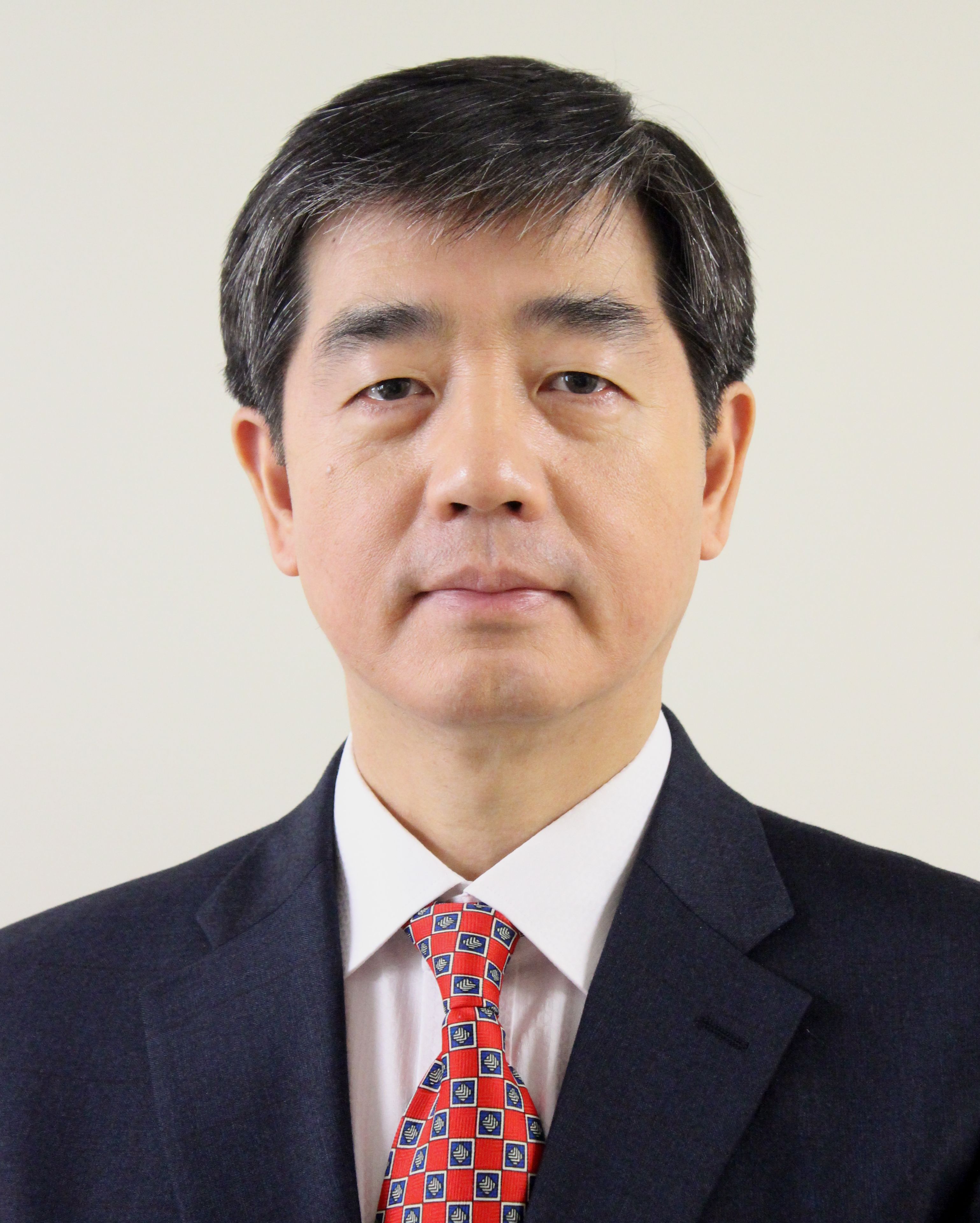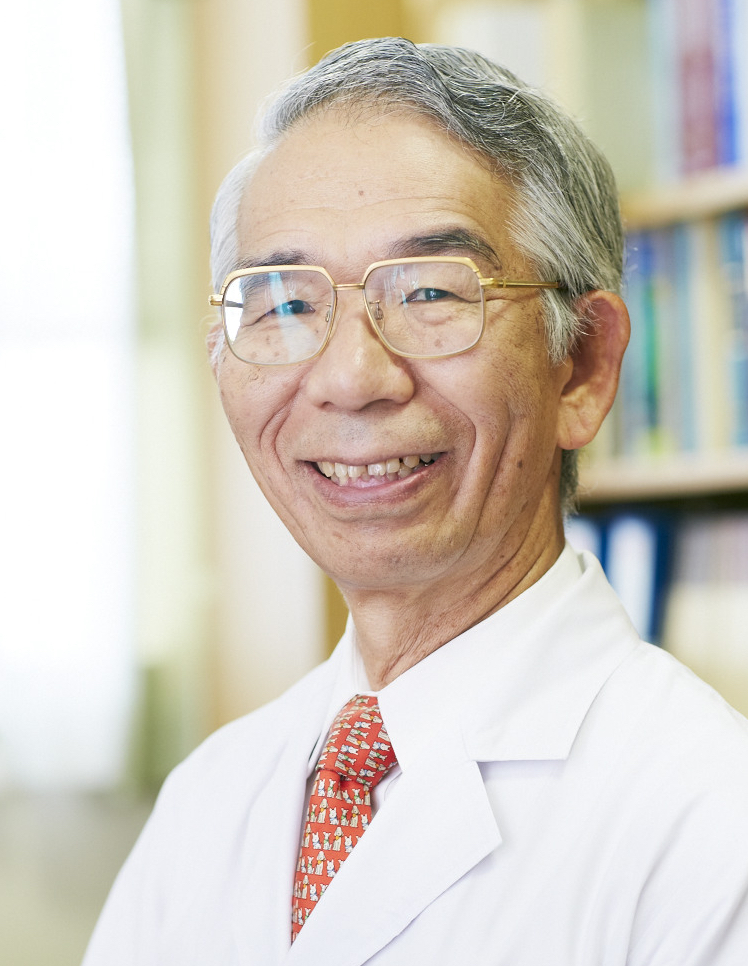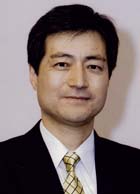Featured Prize Lecture 2019: “Unmet clinical needs in thyroid cancer”
Nagataki-Fuji Film Prize Lecture delivered during at the Asia-Oceania Thyroid Association Meeting, Sydney, Australia on 21st August 2019
The rise in the incidence of thyroid cancer is a world-wide phenomenon. National Cancer Database showed that the incidence of thyroid cancer increased from 7.1 per 100,000 in 2000 to 17.6 per 100,000 in 2013 in United States. During this period, stage IV disease increased 1 per 100,000. Because early diagnosis and treatment should lead to a decrease in metastatic disease, it is regarded as results of over-diagnosis and that more aggressive disease is not being removed by early detection. However, the situation in Korea suggest a different scenario. We reported that age-standardized mortality rates from thyroid cancer increased until 2004 (from 0.17 per 100,000 in 1985 to 0.85 per 100,000 in 2004) and then continuously decreased until 2015 to 0.42 per 100,000 suggesting the early detection might be responsible for decrease.
However, early detection of thyroid cancer seems not to be cost-effective. So, risk stratification of thyroid cancers is important. Most prognostic factors known are based on those obtainable after surgery. So, identifying prognostic indicator(s) before treatment is an unmet clinical need for thyroid cancer. We had found that genetic alterations play a minor role in the process of LN metastasis in PTMC and recently found that protein expression of XIAP, CPSF2 & Slit2 are novel prognostic markers for thyroid cancer.
Another unmet clinical need is management of patients with radioiodine refractory (RAI-R) differentiated thyroid cancer (DTC). Though sorafenib and lenvatinib had been available, we need novel drug(s). We recently found that PHGDH, a critical enzyme for serine biosynthesis, could be a novel therapeutic target in thyroid cancer.
 About the author
About the author
Won Bae Kim MD, PhD is a Professor of Division of Endicrinology of Mebolism, Department of Medicine, Ulsan University School of Medicine, Seoul, Korea and secretary general of AOTA (2015-2020).
Featured Prize Lecture 2017: “Efficacy and safety of long-term universal salt iodization on thyroid disorders: an epidemiological evidence from 31 provinces of mainland China”
Nagataki-Fuji Film Prize Lecture delivered during at the Asia-Oceania Thyroid Association Meeting, Sydney, Australia on 21st August 2019
Background: The mandatory universal salt iodization (USI) program has been implemented in China for twenty years. Although iodine deficiency disorders are effectively controlled, the dangers of excess iodine have been debated.
Methods: A nationally representative cross-sectional study of 78,470 participants, aged 18 or older, were enrolled from all 31 provincial regions of mainland China. The participants were given a questionnaire and B-mode ultrasonography on the thyroid. Serum concentrations of thyroid hormones, thyroid antibodies and urine iodine concentration (UIC) were measured.
Results: The median UIC of school-age children was 199·75µg/L. The weighted prevalence of the thyroid disorders in adults were as follows: 0·78% of overt hyperthyroidism, 0·44 % of subclinical hyperthyroidism, 0·53% of Graves’ disease, 1·02% of overt hypothyroidism, 12·93% of subclinical hypothyroidism, 14·19% of autoimmune thyroiditis, 10·19% of positive TPOAb, 9·70% of positive TgAb, 1·17% of goiter and 20·43 % of thyroid nodules. Iodine excess was only associated with higher odds of overt hyperthyroidism and subclinical hypothyroidism, while iodine deficiency was significantly associated with higher odds of most thyroid disorders. In addition, increased iodine intake was significantly associated with elevated serum TSH levels, but was inversely associated with thyroid antibodies and thyroid nodule.
Conclusions: The long-term mandatory USI program with timely adjustments is successful in preventing iodine deficiency disorders and it is safe. The benefits outweigh the risk in a population with the adequate and more than adequate iodine intake.
 About the author
About the author
Weiping Teng MD, PhD is a Professor of Internal Medicine and Director of Institute of Endocrinology at China Medical University, Shenyang, China, serves as the Vice-president of the Asia & Oceania Thyroid Association (AOTA), Past-president of the Chinese Society of Endocrinology and Chinese Thyroid Association.
Featured Prize Lecture 2015 : “Toward best management of thyroid cancer”
Nagataki-Fuji Film Prize Lecture delivered during the International Thyroid Congress, October 20, 2015, Orlando, Florida, USA
I worked for best managements of patients with thyroid cancer for more than 40 years. Among many topics, here I focus on three major issues that are, I think, most important on clinical practices on thyroid cancer: active surveillance of papillary microcarcinoma (PMC), reconstruction of the resected recurrent laryngeal nerve, and tumor-marker doubling time.
The incidence of thyroid cancer is rapidly increasing globally. The increase is mostly due to the increase in detection of small papillary carcinoma. Thus, how to manage it became a very important clinical issue. Based on the big discrepancies among the incidences of latent thyroid cancer in autopsy studies, the incidence of thyroid cancer detected by a mass screening with ultrasound examination, and the prevalence of clinical thyroid cancer, I hypothesized that most PMCs stay small. I proposed and initiated an active observation without immediate surgery for patients with low-risk PMC in 1993. In Kuma Hospital, we offered two options, immediate surgery or observation, and patients chose one of them. Oncological outcomes of these patient groups were similarly excellent. However, the incidences of unfavorable events such as vocal cord paralysis, hypoparathyroidism were significantly higher in the immediate surgery group than in the observation group. Now, we recommend active surveillance for the patients with low-risk PMC as the best choice.
Thyroid cancer often invades the recurrent laryngeal nerve (RLN) causing vocal cord paralysis, hoarseness, aspiration, and short phonation. We reconstructed the resected RLN with direct anastomosis of the nerve ends, free nerve grafting to fill the defect, ansa cervicalis-to-RLN anastomosis, or vagus-RLN anastomosis. Although the vocal cords on the side of the reconstruction remained immobile, the vocal cords recovered from atrophy and restored tension during phonation. Thus, patients’ voices recovered.
I also proposed calcitonin-doubling time and thyroglobulin-doubling time as potent prognostic factors for medullary, and papillary thyroid carcinoma, respectively. These values provide important information for the best managements of patients with these cancers.
 About the author
About the author
Akira Miyauchi, MD, PhD is President and COO, Kuma Hospital, Center of Excellence in Thyroid Care. He serves as Chairman of the Asian Association of Endocrine Surgeons.
Featured Prize Lecture 2014: “Transcription factors in thyroid cancer”
Nagataki-Fuji Film Prize Lecture delivered during at the Asia-Oceania Thyroid Association Meeting, Cochin, India 26th September 2014
Three key transcription factors regulate foetal thyroid development: FOXE1, PAX8 and NKX2-1. The fact that these same transcription factors have also been implicated in thyroid carcinogenesis emphasizes their importance in maintaining thyrocyte differentiation into adulthood.
Homozygous mutation of FOXE1 causes thyroid agenesis as part of Bamforth-Lazarus syndrome (Clifton-Bligh et al Nat Genet 1998). Genome Wide Association Studies (GWAS) have shown the FOXE1 locus to be a major genetic determinant linked to thyroid cancer susceptibility (Gudmundsson et al Nat Genet 2009). We have shown that papillary thyroid cancer is associated with heritable variation in a polyalanine tract in FOXE1 that alters interaction with transcriptional co-factors (Bullock et al JCEM 2012).
Heterozygous mutations in PAX8 cause thyroid hypoplasia or hemiagenesis. Somatic translocation of PAX8 on chromosome 2q13 to PPARγ on chromosome 3p25 forms a fusion oncogene that is associated with about 50% of follicular thyroid cancers (Kroll TG et al Science 2000; Cheung et al JCEM 2003). In vitro, PAX8-PPARγ triggers activation of both PAX8- and PPARγ-responsive genes resulting in thyrocyte growth (Au et al Endocrinology 2006).
Heterozygous mutations in NKX2-1 cause thyroid dysembryogenesis associated with “brain-lung-thyroid” syndrome. This locus was also identified in GWAS to be associated with thyroid cancer susceptibility. A recent study has found a missense NKX2-1 mutation in two families with thyroid cancer (Ngan et al JNCI 2009).
In summary, thyroid transcription factors determine thyrocyte behavior over the lifespan, and are implicated in key steps during cancer development.
 About the author
About the author
Roderick Clifton-Bligh, Kolling Institute of Medical Research, University of Sydney and Royal North Shore Hospital, St Leonards, NSW 2065
Featured Prize Lecture 2012: “Post-operative follow-up of patients with thyroid cancer”
Nagataki-Fujifilm Prize Lecture 2012
Thyroglobulin is produced by thyroid follicular epithelial cells and is regarded to play a pivotal role to follow the patients with differentiated thyroid cancer. If thyroglobulin level is elevated, in the absence of normal remnant thyroid, it may mean the presence of abnormal thyroid follicular cell related tissues and it is usually recurrent/metastatic differentiated thyroid cancer.
After successful initial treatment thyroglobulin is usually undetectable, and later recurrence in this circumstance is rare usually around 1 %, mostly in neck lymph nodes. If serum thyroglobulin level is falling, more than 50% of the baseline value, it is highly probable that it will go down further and there will be no structurally evident recurrence. In the presence of antithyroglobulin autoantibody, thyroglobulin is usually not detected by the current immunometric assays. However, titer of antithyroglobulin antibody can be used as surrogated marker. The current assay method to measure serum thyroglobulin is not so sensitive and thyrotropin stimulation is usually necessary to stimulate thyroglobulin in the detectable range but this procedure is cumbersome.
Currently developing ultrasensitive thyroglobulin assay which can detect thyroglobulin level as low as 0.1 ng/ml will replace thyrotropin stimulation in patients with low risk group in the future.
 About the author
About the author
Young Kee Shong, MD, PhD is a Professor and Chairman of Division of Endicrinology of Mebolism, Department of Medicine, Ulsan University School of Medicine, Seoul, Korea
Featured Prize Lecture 2010: “Pathophysiology and pathogenesis of Graves’ disease”
Nagataki-Fuji Film Prize Lecture delivered during the International Thyroid Congress, 2010 September 16, Paris, France
Graves’ disease is an autoimmune disease characterized by hyperthyroidism, goiter and extrathyroidal manifestations, such as exophthalmos. Autoantibodies to the thyrotropin (TSH) receptor (TSHR) have been detected in patients with Graves’ disease and stimulating antibodies to TSHR are believed to induce hyperthyroidism. Therefore, TSHR and anti-TSHR antibodies (TSHRAb) play a key role in this disease. We performed molecular analyses of both TSHR (Akamizu et al. PNAS 1990) and TSHRAb (Akamizu et al. J Immunol 1996); the cloning of both TSHR and TSHRAb genes. These studies clarified the structure, function and interaction of TSHR and TSHRAb at the molecular level. Furthermore, using TSHRAb genes, we generated recombinant monoclonal TSHRAbs and a transgenic Graves’ model (Akamizu et al. Endocrinology 1999; Kim-Saijo et al. Eur J Immunol 2003). In addition, we studied genetic components in Graves’ disease, a disease in which multiple genetic and environmental factors are thought impair immunoregulation. We first demonstrated that a particular allele of the TSHR gene may contribute to GD susceptibility (Hiratani et al. JCEM 2005).
 About the author
About the author
Takashi Akamizu, MD, PhD is a Professor and Chairman of the first department of Medicine, Wakayama Medical School; Professor at the Translational Research Center, Faculty of Medicine, Kyoto University
